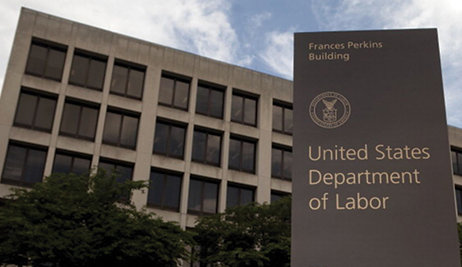The Occupational Safety and Health Administration (OSHA) has two new regulations that will be enforced May 20 that could affect a narrow scope of tasks a roofing contractor may perform—general industry rule 29CFR 1910.1024 and construction rule 29CFR 1926.1124 related to beryllium exposure to workers.
The regulations establish a new permissible exposure limit (including a short-term exposure limit) requiring an employer ensure no employee is exposed to an airborne concentration of beryllium exceeding 0.2 micrograms per cubic meter of air calculated as an eight-hour time-weighted average. The rules also establish an action level and mandate beryllium exposure assessments of workers, engineering and work practice controls, written exposure control plans, worker information and training and medical surveillance, among other requirements.
According to OSHA, beryllium is a metal with physical properties critical for use in numerous products in industries such as aerospace, defense, nuclear and information technology. Exposure to beryllium can result from inhalation of fumes or skin contact with beryllium-containing dust, mist, fume or solutions. One of the most common routes of exposure to beryllium can be inhalation during certain welding operations where beryllium fume may result; this may occur when welding rods or spools have beryllium content or if the metals being joined contain beryllium. The Safety Data Sheet (SDS) for the product should specify the content of beryllium.
The health effects of concern are an initial sensitization to beryllium that does not present symptoms but involves the future risk of developing Chronic Beryllium Disease (CBD). OSHA says CBD is a chronic lung disease that involves a mass or nodule of inflamed tissue caused by inhaling beryllium after sensitization. Common symptoms are shortness of breath, coughing, fatigue, weight loss, fever and night sweats. CBD can become more serious even after a worker is removed from exposure to beryllium and can progress to a chronic obstructive lung disorder that may affect longevity and quality of life. The National Toxicology Program lists beryllium as a known human carcinogen.
Beryllium risks in roofing operations appear limited. Only two coal slag-based roofing granule products appear to contain beryllium, and the content is well below one thousandth of a percent; this material ordinarily would not be "processed" in a manner that would result in it being included under OSHA jurisdiction. Welding operations must be assessed on an individual basis by a contractor to determine the nature of the material being welded and the composition or hazardous ingredients listed on the welding consumables being used (as found on the SDS).
NRCA recommends roofing contractors review applicable SDSs for beryllium content and determine appropriate control methods that will minimize worker exposure to comply with the OSHA rule. You can view more information on OSHA's website or call NRCA's enterprise risk management department at (847) 299-9070.





